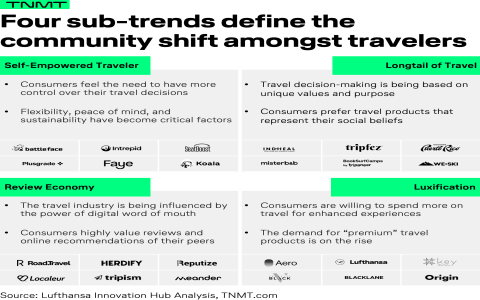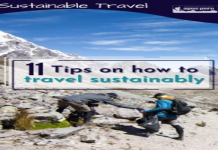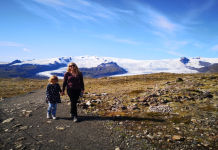So, I got into this whole community-driven tourism thing kinda by accident. I was travelling, you know, off the beaten path, trying to avoid the usual crowds. Ended up in this small village, really nice people, amazing scenery, but kinda… stuck. No real jobs outside of farming, young folks leaving. They had tourists pass through sometimes, but mostly just taking pictures and leaving, not really spending money or connecting.
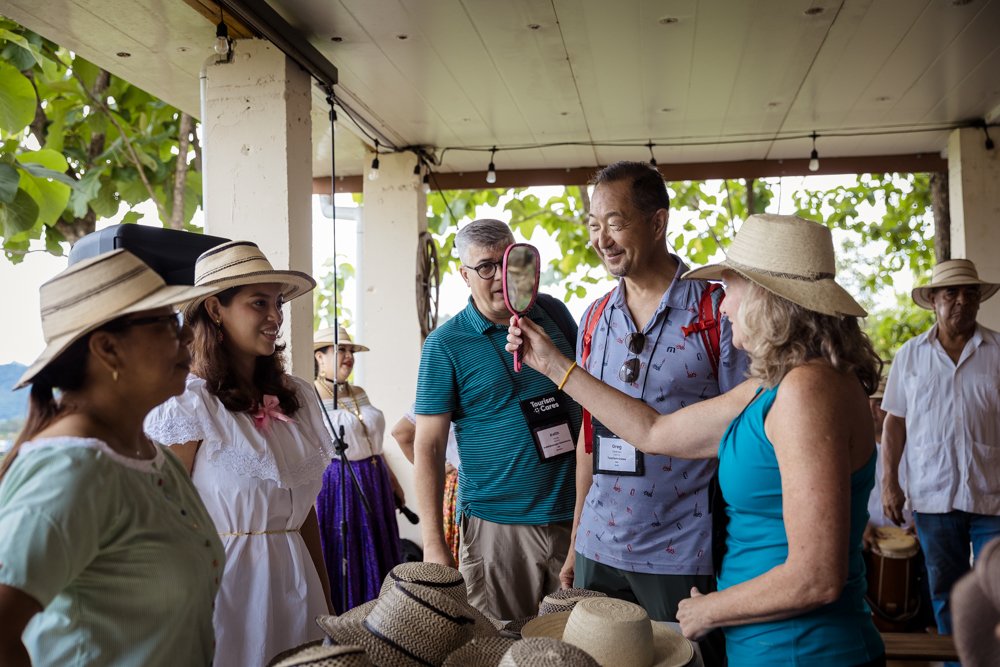
I spent a few days there, just hanging around, drinking tea with some of the older guys. Started chatting about it. Like, what if visitors could stay longer, learn something from you? Maybe learn about your farming, or how you make that amazing local bread? They were skeptical at first. Understandable. Who am I, right? Just some outsider.
Getting Started – Lots of Talking
It wasn’t easy. Took a lot more tea, a lot more just listening. I didn’t come in with some grand plan. I just asked questions. What are you proud of here? What do you enjoy doing? What could you realistically share with a visitor without it messing up your daily life? We talked about their weaving, the local herbs they collect, the stories behind the old shrine up the hill.
We figured out a few simple things they could offer:
- A couple of families were willing to fix up a spare room for homestays. Really basic, mind you.
- One lady agreed to teach visitors how to make that bread I mentioned.
- A younger guy, knew the trails well, offered to guide small walks, share local plant knowledge.
Baby Steps and Bumps
The key was small. No big buses, no fancy hotels. We literally started with a notebook passed between the participating families to manage who had a guest when. I helped them figure out pricing – not too cheap, not crazy expensive, just fair for their time and effort. We talked about basic hospitality, like clean sheets (sounds obvious, but details matter) and being clear about what’s included.
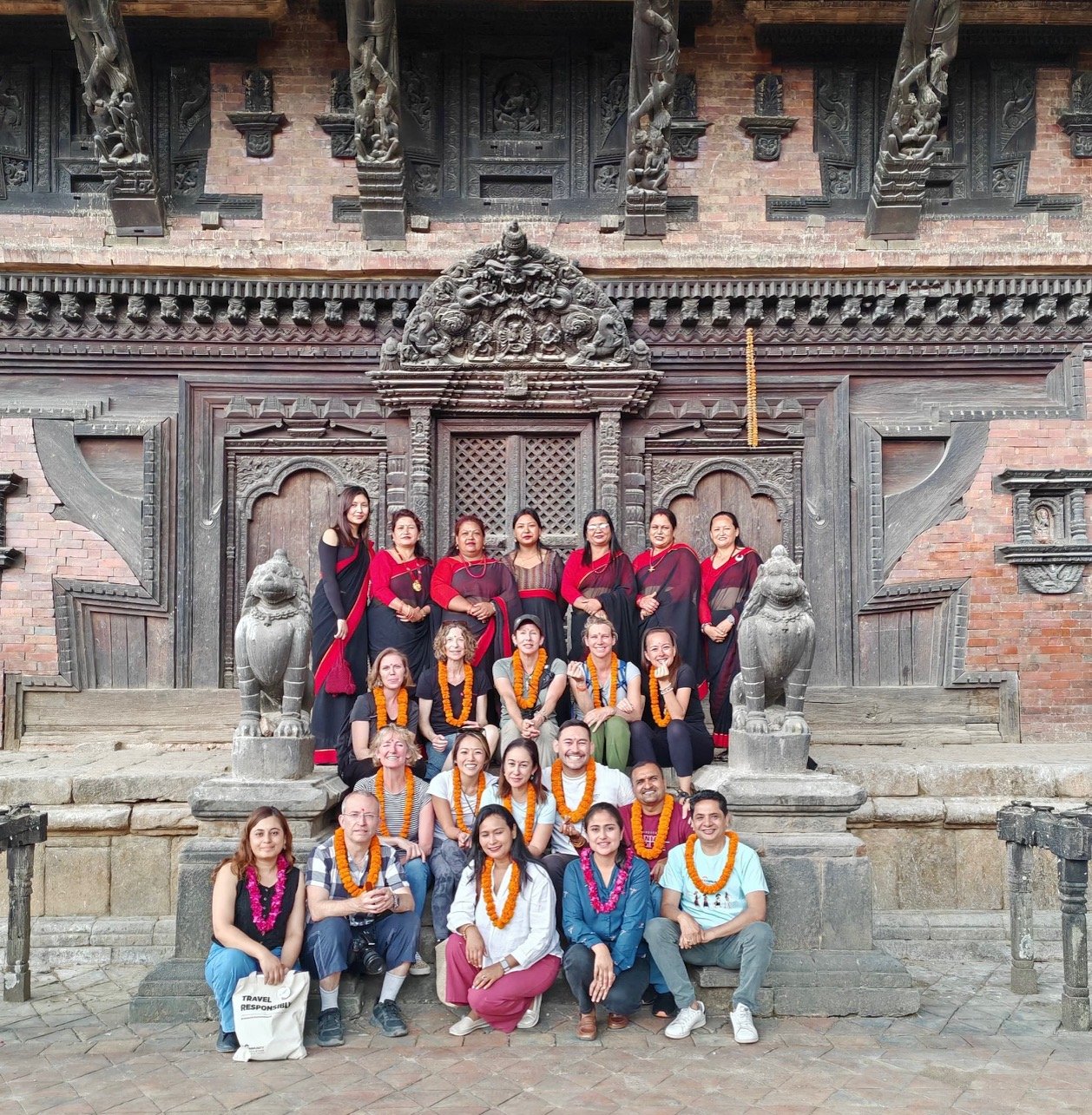
First few ‘tourists’ were actually friends of mine I convinced to go. Gave them strict instructions: be respectful, give honest feedback to me afterwards, not directly to the hosts unless it was positive. Feedback was crucial. The first bread class? Total chaos, ingredients everywhere, but fun. The guided walk? Went way off schedule. The homestay? Mattress was a bit hard for one friend.
We tweaked things. Got a slightly better mattress topper. Wrote down the bread recipe steps. Timed the walk. It was constant adjustment. Finding people was mostly word-of-mouth at first. I wrote a bit about the village on my own small travel blog (the old one, not this!), emphasizing the experience, the connection, not just a cheap bed.
Keeping it Real (and the Headaches)
Biggest challenge? Keeping it community driven. Making sure the benefits spread out, not just to the few families doing homestays. We set up a small community fund where a tiny portion of every stay or activity went towards village projects – fixing a path, buying books for the kids. Getting everyone to agree on that? More tea, more arguments. Some people felt they were doing all the work. Others felt left out.
And then you get the occasional difficult tourist. Someone complaining about no Wi-Fi (we told them there wasn’t!), someone trying to haggle aggressively over the price of a woven scarf. You have to manage expectations on both sides. It’s exhausting sometimes.
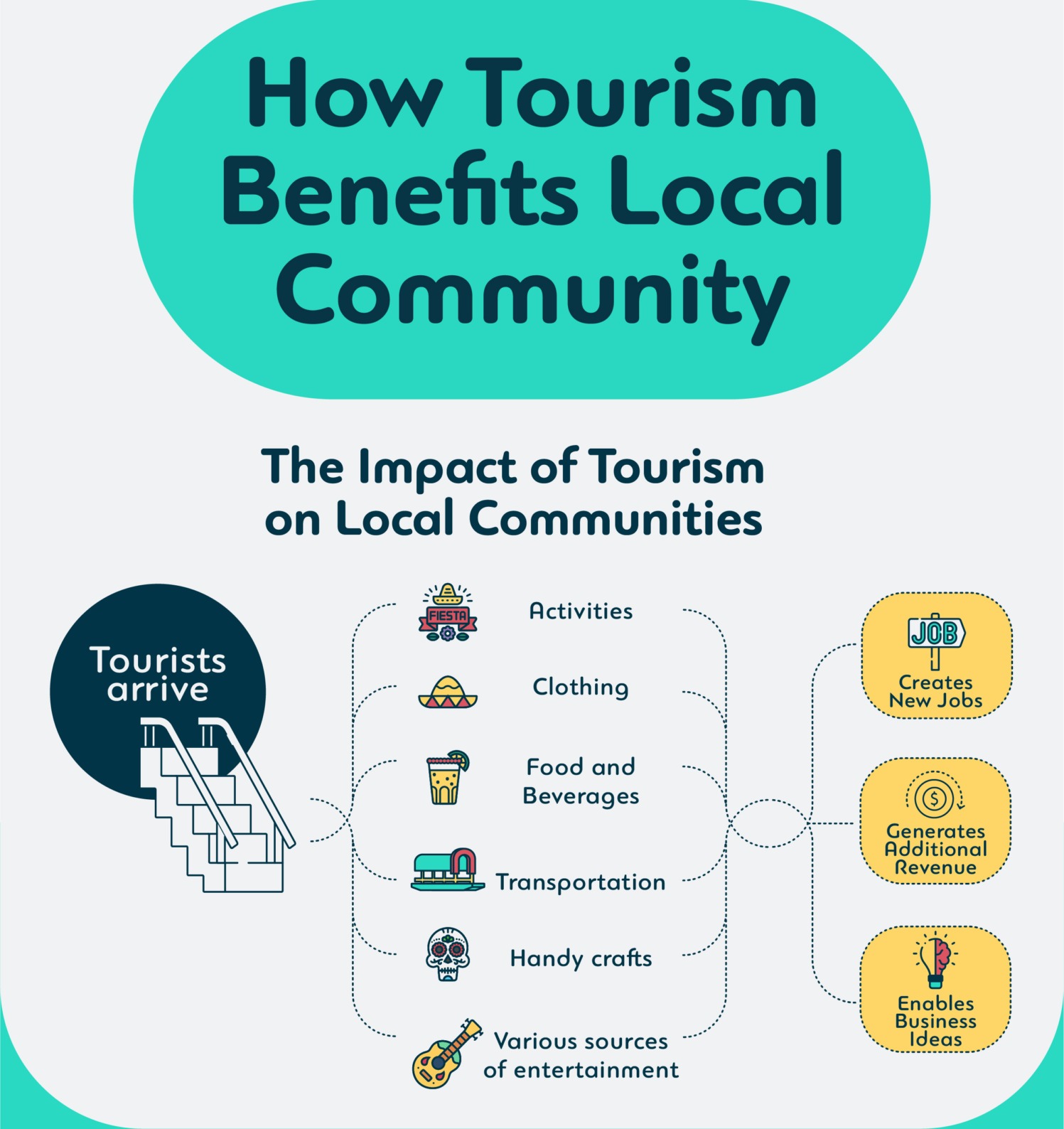
Where Things Stand
It’s still going, that little project. I’m not involved day-to-day anymore. That younger guy who did the walks? He helps coordinate things now, using a simple messaging app. They manage the notebook themselves. They’ve added a couple more activities, like helping with the harvest in season. It hasn’t made them rich, it wasn’t supposed to. But it brings in a bit of extra income, provides some local jobs, and maybe, just maybe, gives the younger generation a reason to stick around. They seem prouder, sharing their culture.
Was it worth it? Yeah, I think so. It’s not perfect. It’s fragile. But seeing visitors actually sit down, learn, and connect with the people there, instead of just snapping a photo and leaving? That feels like a small win. It’s messy, slow work though. Definitely not for anyone looking for a quick fix or a scalable business model. It’s about people, mostly. And lots of patience. And tea.

